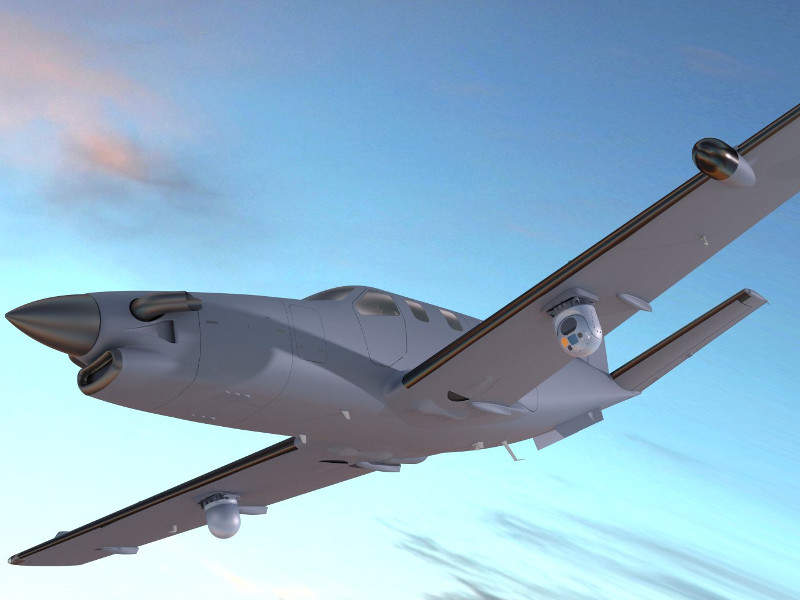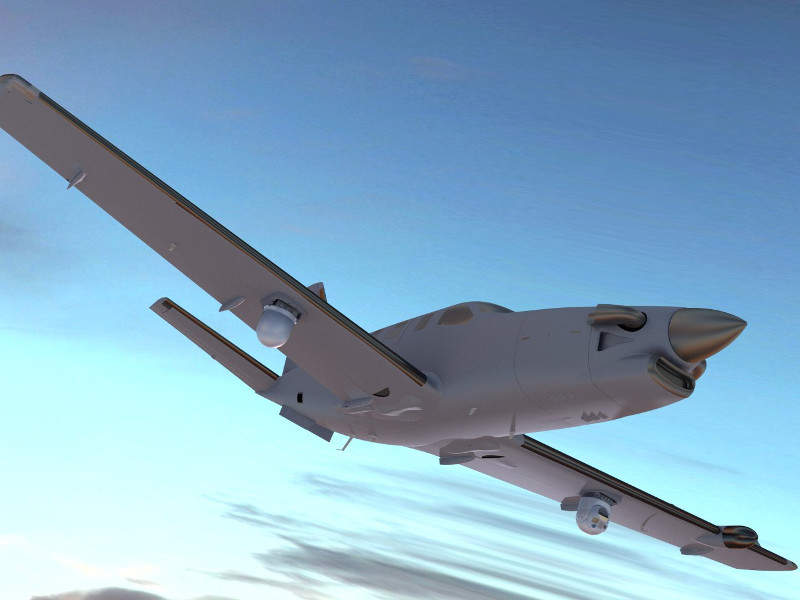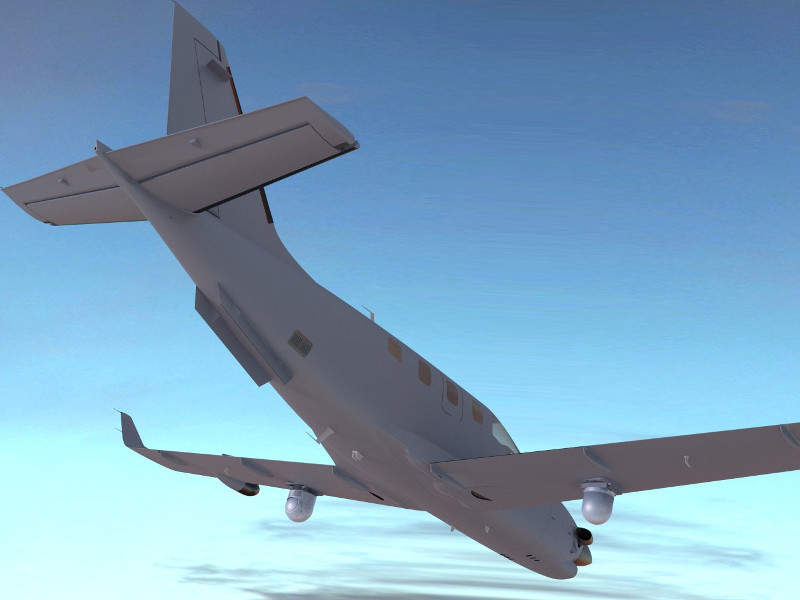French aircraft manufacturing company Daher-Socata announced the development of a new intelligence, surveillance and reconnaissance (ISR) aircraft named TBM 930 ISR at the Eurosatory 2018 defence and security exhibition held in Paris in June 2018.
The ISR aircraft will be a militarised version of the TBM 930 business aircraft. The new variant is intended to perform aerial surveillance, search-and-rescue (SAR) and aerial photography operations. It can also be configured to participate in defence, medical evacuation, air ambulance, security and transport missions.
TBM 930 ISR aircraft design and features
The fuselage of the TBM 930 ISR will incorporate a low-mounted wing configuration and conventional tail assembly. The forward fuselage will integrate an extended and sharp cone-shaped nose.
The reconfigured version will be built using industry-proven aerodynamic design techniques, which ensure superior performance and cost-performance ratio.
The mission equipment such as high-definition cameras and sensors required to perform ISR operations can be carried by hard-points located beneath the wings of the aircraft. The hard-points will be able to carry 50kg ultra-high definition cameras and other equipment.
Other mission systems include a multi-sensor optronic retractable turret, a synthetic aperture radar/ground moving target indicator radar (SAR/GMTI), transmission equipment, and a communication interception system.
A quick-change console can be fitted in the cabin, which will allow the operator to monitor the onboard systems and mission status.
The aircraft will have a length of 10.7m, height of 4.3m and wingspan of 12.8m. The wheel base and tail plane span of the aircraft will be 2.9m and 4.9m respectively.
Cockpit and avionics suite
The TBM 930 ISR aircraft will be integrated with a Garmin G3000 NXi advanced all-glass flight deck. It will feature large multi-functional touchscreen displays, which will provide the pilot with the required mission and environmental data, air traffic information, maps, and other key information.
The cockpit will also be equipped with a state-of-the-art e-co-pilot safety system, an angle of attack indicator, a stick shaker, and an enhanced safety protection/under-speed protection (ESP/USP) system.
The advanced human-machine interface of the flight deck will reduce the workload on onboard crew during long-range missions.
The Garmin Flight Stream 510 Bluetooth aboard the cockpit will offer connectivity capability to the aircraft. It can be linked to the mobile devices installed with Garmin pilot or Foreflight application.
TBM 930 ISR aircraft cabin details
The cabin of the TBM 930 ISR aircraft will measure 4.05m-long, 1.2m-wide and 1.2m-high. The maximum volume offered by the cabin will be approximately 3.5m³. The aircraft will accommodate five passengers and a pilot.
The spacious cabin can be easily reconfigured according to mission requirements. It will be equipped with comfortable electrically heated seats and modern interiors.
Engine and performance
The aircraft will be powered by a PT6A-66D turboprop engine developed by Pratt & Whitney (P&W) Canada. The engine will have the capacity to produce a thermodynamic power of 1,825hp and a nominal power of 850shp. The aircraft can utilise a maximum fuel of 1,100l.
The TBM 930 ISR can fly autonomously for more than six hours during surveillance missions. It will be able fly at a maximum cruise speed of 467km/h, when configured to long-range settings.
It can attain a maximum cruise speed of 611km/h while flying at an altitude of 28,000ft (8,535m). The certified ceiling of 31,000ft (9,449m) can be reached within 18 minutes and 45 seconds.
The aircraft can travel up to a maximum range of 3,204km and 2,935km when flying at speeds of 467km/h and 537km/h respectively.
It will have a basic empty weight of 2,097kg and maximum take-off weight of 3,354kg, while its maximum payload capacity will be 636kg. The distances required for the take-off and landing of the aircraft will be 726m and 741m respectively.










